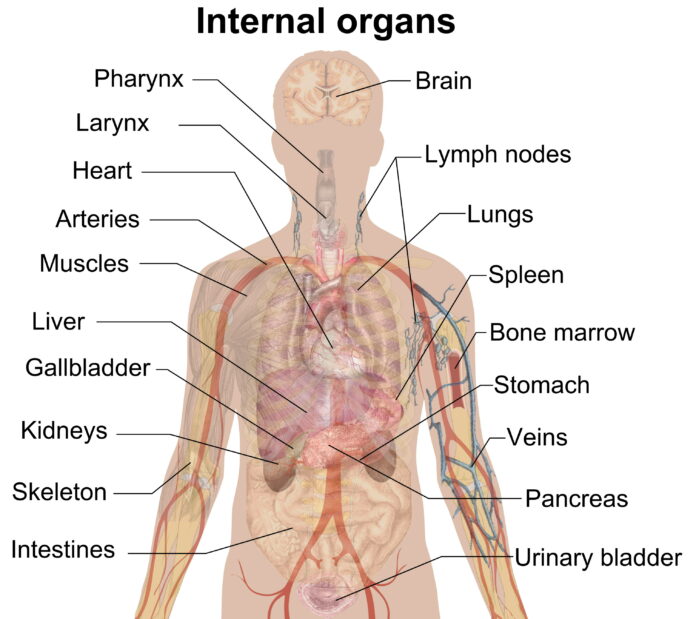Scientists have long studied the human body as a living organism, and we now know quite a few reliable and interesting facts about it. However, some of these facts are very unusual and even seem unbelievable! Yet science confirms their truth, and there’s no reason not to trust the best minds in humanity.
Facts About the Human Body:
- Our brain uses 20% of all the oxygen that enters the bloodstream. The energy it produces would be enough to light a 10-watt bulb.
- Nerve impulses in the human body travel at an impressive speed of 400 km/h. So, while there is a “signal delay,” it is negligible.
- The largest organ in the human body is the lungs. If spread out on the ground, they would cover an area comparable to a tennis court.
- Human bones can withstand a load five times greater than a steel rod of the same width, but they are brittle and can break with a strong enough impact.
- The human body would be completely immobile without muscles. Up to 200 muscles are involved in taking a single step.
- Our eyes will never be as sharp as an eagle’s. However, the human eye is so sensitive that if the Earth were perfectly flat, we could clearly see a candle flickering up to 48 kilometers away—provided, of course, that we have no vision problems.
- The number of bacteria in the human body exceeds the number of cells that make up the body itself.
- On average, an adult human body produces about 25 million new cells every second. These replace cells that die off at the same rapid rate.
- The smallest muscles in the human body are located in the ear. The largest muscles are the gluteus maximus, which move the legs.
- A single human hair can support a weight of up to 100 grams, with men’s hair being, on average, twice as thick as women’s.
- The stomach can digest almost anything. Stomach acid contains hydrochloric acid, capable of dissolving even metal.
- Many scientists agree that nails are an unnecessary part of the human body. There are theories that humans will eventually lose them as an unnecessary body part in future evolutionary stages.
- There is no such thing as a completely bald person in nature. Each of us has as many hairs per square centimeter of body as a chimpanzee. However, most of these hairs are so short, light, and thin that they are nearly invisible to the naked eye.
- If you stretched out the 300 million capillaries in your lungs from end to end, the line would extend approximately 1,609 kilometers.
- Like deep-sea creatures, humans are naturally bioluminescent, meaning we glow in the dark. However, the light emitted by the human body is incredibly faint—so faint that the human eye cannot detect it.
- Humans produce differently structured tears depending on the reason for crying. Emotions like grief, guilt, sadness, or happiness cause a dramatic change in the molecular structure of tears. Like a snowflake, no tear is identical to another on a molecular level.
- Our brain contains more fluid and tissue than solid matter; it is 80% water. In fact, most of the human body is also composed of water.
- Sneezing serves a practical purpose. It clears the nasal cavity and throat of any obstructions. The force of a sneeze is so powerful that it exceeds speeds of 160 kilometers per hour, and during a sneeze, the heart momentarily stops.
- Eye color depends on the distribution of pigments in the front layer of the iris. Brown is the most common eye color in the world.
- The sense of smell varies by gender, with women typically surpassing men in sensitivity, recognition, and differentiation of odors. Infants have a particularly strong sense of smell, but it diminishes by 40-50% in the first year of life.
- The average person walks about 160,000 kilometers in their lifetime, which is equivalent to circling the Earth’s equator four times.
- The study of the aging process of the human body and its potential rejuvenation is known as gerontology.
- Some organs in the human body continue to grow throughout life, such as the nose and ears. Others, like the adrenal glands, shrink over time.
- Over time, we lose our sense of taste. By the age of 60, we lose about half of our taste receptors.
- The human body undergoes changes as it matures. Newborns have about 300 bones, but as some of them fuse, adults are left with only 206.
